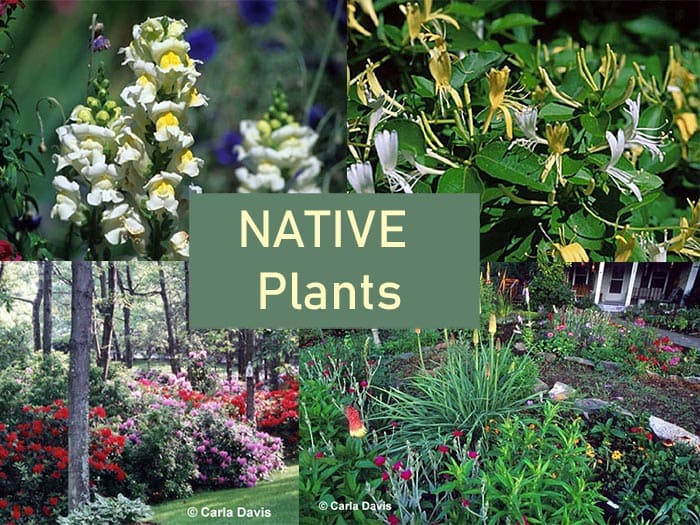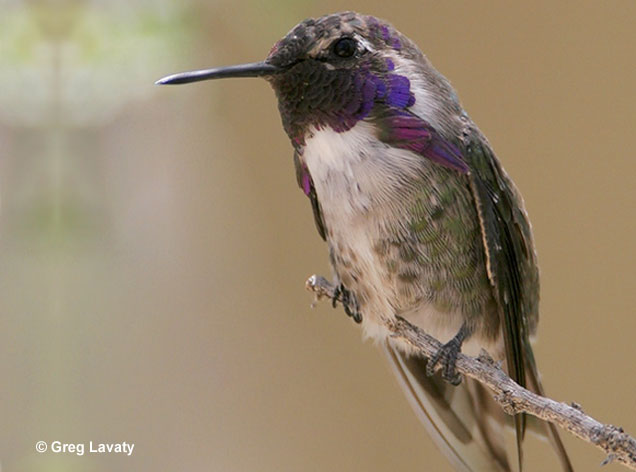
Virginia Plants for Wildlife Habitat & Conservation Landscaping
Trees
Tall –Eastern Hemlock, White Oak, Wild Cherry, White Pine, Red Mulberry, Sourgum, Common Persimmon, Shagbark Hickory, Virginia Pine, Red Oak
Medium/Small –Serviceberry, Eastern Redbud, Flowering Dogwood, American Holly, Southern Crabapple, Eastern Red Cedar, American Hornbeam, Cockspur Hawthorn, Hackberry, Sassafras
Shrubs
Summer fruits — American Elder, Serviceberry, Highbush Blueberry, Blackberries, Raspberries
Fall fruits — Red-osier Dogwood, Winterberry Holly, Inkberry, Common Juniper, Canada Yew
Winter fruits — Viburnums, Northern Bayberry, Sumacs, Red Chokeberry, Scarlet Firethorn, Spicebush
Wildflowers
Butterflyweed, New England Aster, Tickseed Sunflower, Joe-Pye Weed, Cardinal Flower, Common Milkweed, Black-eyed Susan, Eastern Columbine, Jack-in-the-Pulpit, Grass-leaf Blazingstar, Oxeye Sunflower, Wild Indigo, Spring Beauty, Dutchman’s Breeches, Smooth Sweet Cicely, Common Blue Wood Aster, Blue-stem Goldenrod

Hummingbirds are fascinating birds that can be seen commonly in Virginia.
Groundcover
Straw Lily, Violet Wood Sorrel, Partridgeberry, Wintergreen, Blue Wood Sedge, Wild Ginger, Golden Ragwort
Vines
Trumpet Creeper, American Bittersweet, Virginia Creeper, Coral Honeysuckle
Grasses
Indiangrass, Little Bluestem, Gama Grass, Virginia Wild Rye, Bottlebrush Grass, Canada Wild Rye, Broomsedge, Virginia Switchgrass
Virginia’s landscape includes a wide range of natural communities which include three major regions–the Coastal Plain, from the Atlantic Ocean in the east to the Fall Line in the west; the Piedmont, from the Fall Line in the east to the Blue Ridge Mountains in the west; and the Mountains, including the Blue Ridge Mountain, the Ridge and Valley, and the Appalachian Plateau Provinces. The Virginia Native Plant Society can provide lists of plants for a specific region.
For more information on improving your wildlife habitat, visit the WindStar Wildlife Institute web site. On the web site, you can also apply to certify your property as a wildlife habitat, register for the “Certified Wildlife Habitat Naturalist e-Learning course, become a member and sign up for the FREE WindStar Wildlife Garden Weekly e-mail newsletter.

